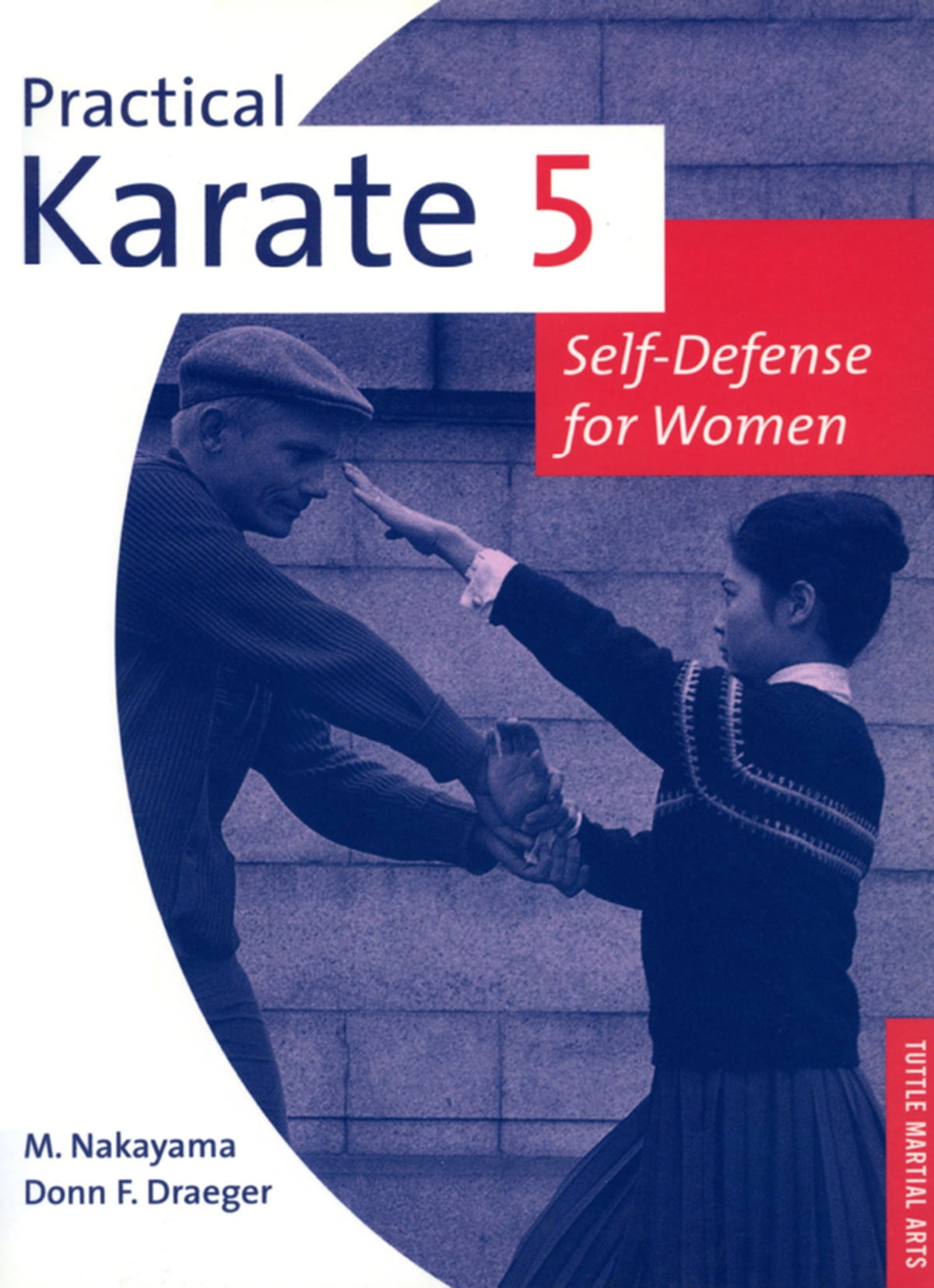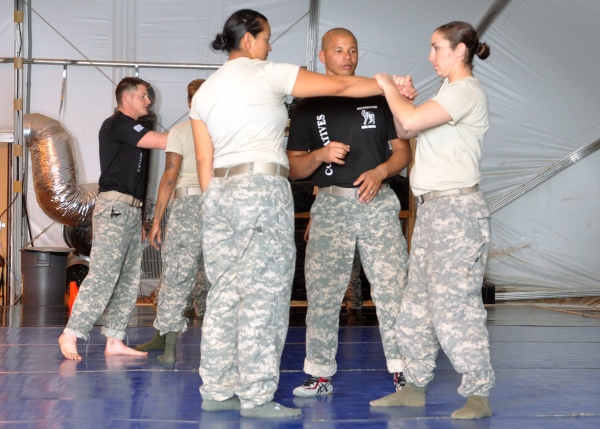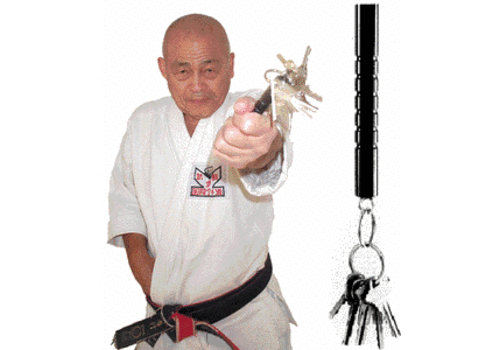
A sword stick or sword cane is a type of cane that comes with a hidden knife. They have been used throughout the history. The Roman dolon and Japanese Shikomizue are two examples. They were called gupti (in India). Some sword canes have a rapier-pointed knife.
Sword canes with heavy-duty construction
They are heavy-duty and can provide substantial orthopedic support. They have partial crook handles made of Grivory and a black aluminum shaft that is heat-treated for strength. They have adjustable straps for a more comfortable fit, and are available in a variety sizes and colours.
Cold Steel is one example. It doesn't come with a guard and the handle can slide forward to the blade. Although the hilt has three metal pins, the grip is made of a synthetic material called Grivory. Cold Steel sword canes are made of Grivory. This material is considered to be extremely tough.

Rapier-pointed knife
Rapiers are swords with pointed blades that are balanced and easy to control with proper grip. They can be pulled straight up from the head, and their blades can be thrust with ease because they are long enough. A typical grip for rapier involves gripping the blade using the thumb on its flat side, the index finger on its cross, and two fingers at the ricasso.
While Rapiers were not popular weapons in the Renaissance, some Renaissance soldiers wore them to defend themselves. But they were still used in single combat, and were taught to some extent in traditional schools of fencing. This lack of standardization allowed the art to grow.
Remove the screws from the shaft and handle them
A sword cane does more than just cover a knife. It's a piece of unique art that is its own work of art. The 18-inch blade of this tool is made from steel and the shaft is made of black aluminum. This cane has an additional dimension thanks to its handle that comes out of the shaft.
A wrench can be used to remove the handle from a sword-cane. The blade can then be carried in one handed. This is particularly useful when the sword needs to be carried in one hand. A properly sharpened knife can be an asset for self-defense. Buying one with a threaded connection will help prevent a knife from coming loose and causing injury to the user.

Styles available
When purchasing a Sword Cane, there are many different styles to choose from. While many styles are similar to each other, there are certain differences that you should keep in mind. Each one has its advantages and drawbacks. You should assess your needs before you make a final decision. You will not find the right Sword Cane for you. Make sure to research your options before buying.
First, determine the amount you wish to spend on a Sword Cane. The quality and materials of a Sword Cane determine the price. It will also depend upon the brand and popularity. Sword Canes should not exceed the price range of the average person. But you must ensure that the finishing and materials are of the highest quality.
FAQ
Do stun guns hurt people?
It's not true. The stun gun injects a tiny amount of current into the skin.
This does not cause permanent damage.
How can I learn self-defense at home?
There are many options available to help you improve your self-defense skills. Martial Arts is a great way to get started. Martial Arts teach you how not to use weapons. They are also great for building confidence and fitness. Online classes are also available at most schools. It's important to know what type of martial art you want to learn. Do you want to learn Kung Fu? Or perhaps Karate? Both of these styles can be distinguished, but they both make excellent choices. The main difference is in the style of fighting they use. Kung fu, on the other hand, is focused on grappling techniques and kicking. Karate, however, focuses on striking techniques.
When choosing a school, another thing to consider is whether they offer instruction in multiple formats. This refers to all the different martial arts styles taught at a school. Some schools specialize in one type of Martial Art, like Tai Chi. Other schools offer instruction across a range of martial Arts styles. You should ensure you select a school that is reputable, no matter what you choose to learn. Ask your friends and family if they have ever studied there. Also, ask questions about the training and background of the instructors. Talk to someone who teaches at the school if you can.
How do beginners do self-defense?
Experts are not the only ones who can learn self-defense. You must also be able to defend yourself alone. It is important to learn the basics of how to defend yourself against an attack.
Begin with basic movements such as kicking, punching and kneeing. Next, you can learn more advanced moves like grappling as well as joint locks.
It is always useful to practice something that is similar to what you might face in real-life situations. You can use a pillow to practice how to kick someone.
You won't inflict any injuries while you practice. You should also be careful not to hit any object hard, as you could break it.
Statistics
- Boxers aren't allowed to fight in a clinch, which is a position that occurs in 80% of the streetfights. (mmaclan.com)
- Most likely, the person will want some kind of boxing match, so if you can out-box them, this would be 100% ideal for survival. (budodragon.com)
- Some people walk into a gym thinking they are going to become the best by training whenever they like and not putting 100% effort in. (budodragon.com)
- Kung Fu alone has 400 unique martial art styles – and whilst you likely won't be able to find a school for each form, many other martial arts are completely different altogether. (budodragon.com)
External Links
How To
How to use a stun gun in self-defense
A stun gun can be used to protect yourself from attackers. Stun guns are not dangerous if used correctly. They do not hurt anyone who does not have a heart condition as they cause temporary paralysis. You should always have a stun gun with you when you are outside. You can pull the trigger to shoot directly at someone who attempts to attack you. This will stop them from running.
Learn how to use stun guns for self-defense correctly.
-
Always point your weapon towards the target.
-
The chest area should be your goal.
-
Only once pull the trigger.
-
Hold the weapon firmly in both hands.
-
Keep the weapon pointed at your target until you are unconscious.
-
To be safe, move quickly
-
Never touch the victim after you have pulled the trigger.
-
In extreme circumstances, only use a stungun.
-
Do not attempt disarming an attacker.
-
You should dial 911 immediately if your attacker is you.
-
Call the police once the attacker is subdued.
-
Do not allow an attacker to approach you again.